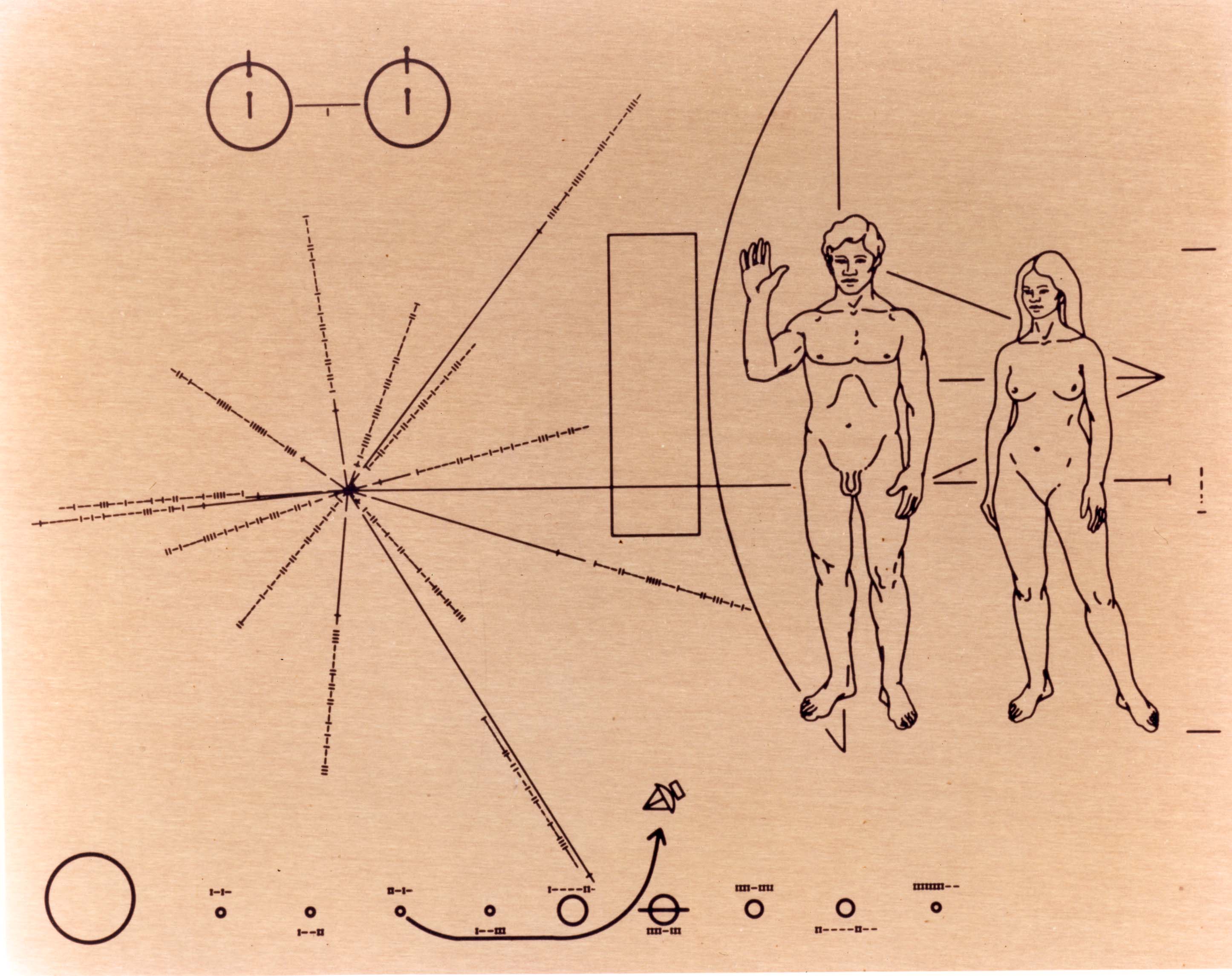Scientists have been searching for evidence of intelligent life beyond our planet for decades, so where are all the aliens?
◊
Playing essential roles in pop culture and luring us into conspiracy theories, aliens are fun to think about. If only we could meet them!
Most stargazers and trekkies are familiar with the Fermi Paradox, the notion that if there are so many planets, why is Earth the only place we're sure it exists? Here are the primary reasons why we might not have the chance to meet extraterrestrials.
1. We’re Too Early
We humans are the dominant species on Earth. That took us long enough. The Universe is over 13.7 billion years young, Earth has been around for 4.5 billion years, and the earliest humans didn’t evolve until 3 million years ago.
If civilization takes more than 4 billion years to arise in other parts of the Universe, many spacefaring species might simply not exist yet. And if so, good for us. Perhaps we’re more advanced than we think!
2. We’re Too Late
Advanced civilizations might have come and gone. For all we know, even a spacefaring species can succumb to forces like climate change and mass extinction events.
After studying the cosmos for centuries, scientists have learned that the era of life is a special and fragile time in the Universe’s lifecycle. Life may have been more common in the earlier Universe than it is now.
3. We’re a 'Goldilocks' Case
For life to graduate to genuine civilization, many things have to go right – and many more things can go wrong.
As in the story of Goldilocks, Earth is “just right” in countless ways. It’s the right distance from a star that is also the right size, which isn’t to mention an atmosphere that both protects us from and absorbs the Sun’s rays.
The bottom line is that life has high standards. A lot of other things have to go right for life to develop.
4. We’re Too Far Away
Even in the fictional stories of Star Wars, Star Trek, and Interstellar, there’s no way to “move” faster than the speed of light. Warping spacetime is the only theoretical way to travel to the other side of a galaxy in minutes.
Without speculative warping technology, a flight to Alpha Centauri would take at least four years. Talk about a “red eye”! Even if little green men from the movies are out there, they wouldn’t necessarily be any more capable of interstellar travel than we are.
As the Universe continues to expand, lifeforms will drift further from each other and become more difficult to reach accordingly. If we ever become capable of interstellar travel, we’ll need it to take us far and wide.
 This plaque providing important information about planet Earth was attached to NASA's Pioneer 10 spacecraft just in case it should be encountered by an alien civilization. (Credit: NASA. Designed by Carl Sagan and Frank Drake; artwork by Linda Salzman Sagan)
This plaque providing important information about planet Earth was attached to NASA's Pioneer 10 spacecraft just in case it should be encountered by an alien civilization. (Credit: NASA. Designed by Carl Sagan and Frank Drake; artwork by Linda Salzman Sagan)
5. The Drake Equation May Return Zero
In 1961, scientists met at a conference in West Virginia to discuss the Drake Equation, a mathematical equation that returns the product of seven important factors that determine the number of transmitting societies in the Milky Way.
The seven factors reflect the aforementioned reasons:
- The rate at which new suitable stars form
- The fraction of such stars with planetary systems
- The number of planets suitable for life
- The fraction of suitable planets on which life actually appears
- The fraction of planets on which life graduates to civilization
- The fraction of civilizations that produce detectable signs of existence
- The average length of time for which these civilizations produce these signs
Multiplying these factors together returns the number of detectable civilizations in the Milky Way. If the answer to the equation is above zero, life must be out there -- but where?
Ω
Title Image: Mullard Radio Observatory, Cambridge, England (Credit: Ben Wicks, via Unsplash)


